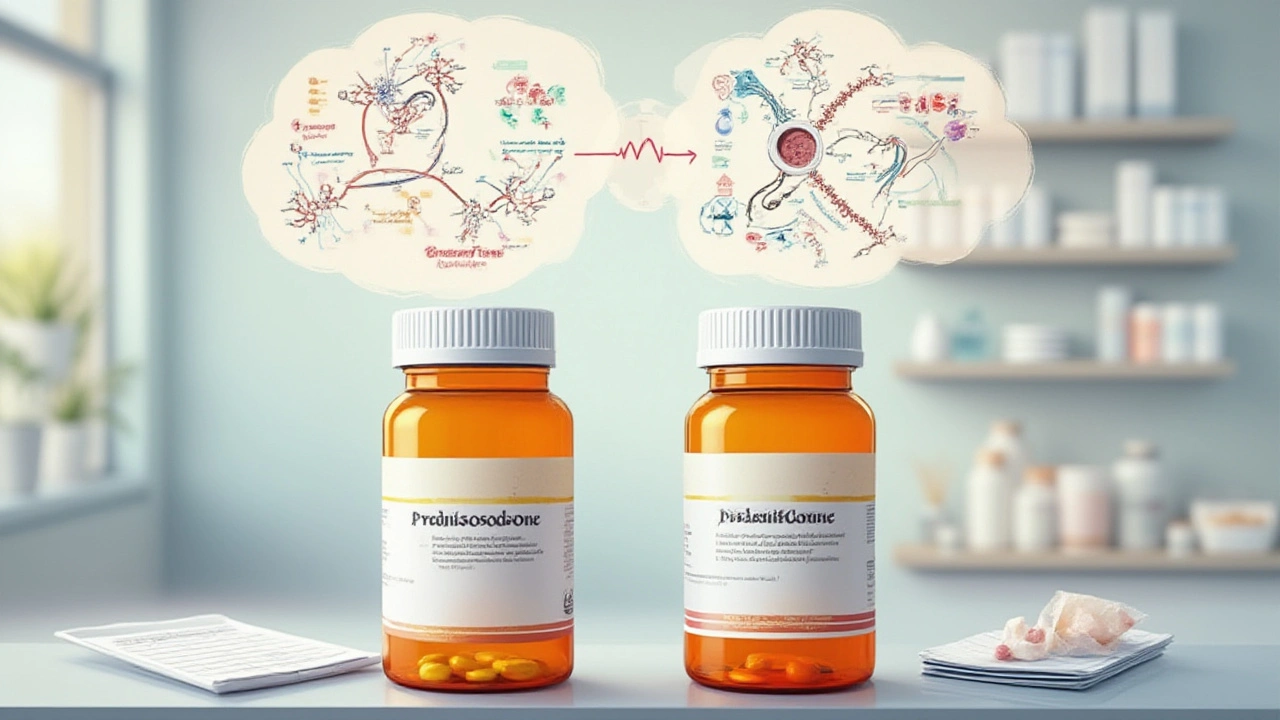Dosing Basics: Get the Right Amount Every Time
Ever wondered why one pill says "take one daily" while another says "2 mg per kg of body weight"? Dosing is the sweet spot between effectiveness and safety. Miss the mark and you risk side effects or a treatment that just doesn’t work.
What Influences a Dose?
Doctors don’t pick a number out of thin air. They look at age, weight, kidney and liver function, and the condition being treated. For example, a kid with a bacterial infection often gets a lower dose of antibiotics than an adult because their bodies process the drug faster. Kidney disease can mean a lower dose of medicines that the kidneys filter out, like certain blood pressure pills.
Think of it like cooking: the same recipe needs less salt for a small pot and more for a big one. The same logic applies to meds – the “pot size” is your body’s ability to handle the drug.
How to Read a Prescription Label
Prescription labels can look confusing, but they follow a pattern. The brand name or generic name comes first, followed by the strength (like 10 mg). Then you’ll see the dosage instructions – "take one tablet twice daily" or "apply a thin layer to the affected area once a day." Pay attention to timing (with food, before bedtime) because it can affect absorption.
If the label says "take 0.5 ml" and you only have a 5 ml syringe, divide the syringe into ten equal parts and use one. Never guess – a tiny mis‑measure can change the dose dramatically.
Common Dosing Mistakes and How to Avoid Them
Mixing up mg and ml. A tablet is measured in milligrams (mg), a liquid in milliliters (ml). Double‑check the unit before you scoop.
Skipping the “with food” rule. Some drugs need food to prevent stomach irritation, while others work best on an empty stomach. Ignoring this can cause nausea or reduce effectiveness.
Using old information. Dosage guidelines can change as new research emerges. The articles on Six Degree Health are updated yearly, so check the latest guide before you start a new med.
Tools to Help You Dose Right
Digital pillboxes, dose‑measuring spoons, and smartphone apps can keep you on track. When you order meds online, reputable pharmacies often include a dosing chart tailored to your prescription. Use it as a quick reference.
If you ever feel unsure—whether it’s a new prescription, a supplement you found on a forum, or an over‑the‑counter pain reliever—look up the specific dosing guide on Six Degree Health. Each article breaks down the typical dose, who should not take it, and what factors might require a tweak.
When to Talk to a Professional
Never adjust a dose on your own if you’re dealing with strong meds like anticoagulants, insulin, or chemotherapy drugs. Even a small change can have big consequences. Call your pharmacist or doctor if you notice side effects, if you’re pregnant, or if you have a chronic condition that could interact with the new med.
Remember, the goal of dosing is simple: get the benefit without the risk. Use the tools, double‑check the label, and stay informed with reliable sources. With the right approach, you’ll keep your treatment on point and feel better faster.
-
Prednisolone vs. Prednisone Side Effects: Pharmacokinetic Differences Explained
Compare prednisolone and prednisone: explore their pharmacokinetic differences, dosing, and how each impacts side effects for safer, smarter medication use.
